Whale Unit (and the Arctic) – Buoyancy
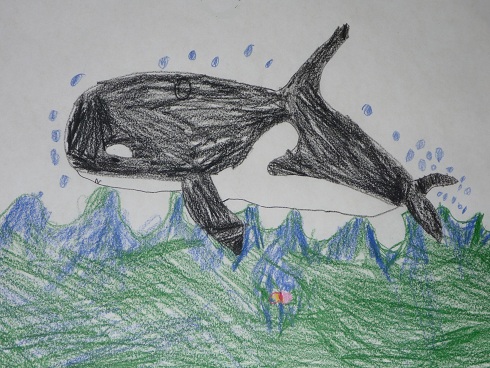
We learned a lot about whales this past week.
- Did you know that the blue whale is the largest animal ever to have lived? It is bigger even than the largest dinosaur!
- Did you know that whales can drown?
- Did you know that the first ancestors of whales lived on land?
- Did you know that the bones in a whale’s flippers are arranged like a hand?
- Did you know that dolphins are a type of toothed whale? This website goes on to explain in more detail that those toothed whales that less than 9 feet are called dolphins and porpoises, those more than 9 feet (such as the Killer Whale) are considered whales. Interesting! I didn’t know that!
As always we started our unit off by reading a few books over the course of several days. As with all her books, the Gail Gibbons book was full of fantastic information easily understandable to the kids. While I read the kids drew and colored. I printed out some coloring sheets for ED.
LD wanted to learn how to draw a killer whale and a blue whale. The instructions I linked to were just great. Meanwhile DD decided she wanted to draw a dolphin.
We learned that there are two main types of whales baleen and toothed whales. We sorted through some whale cards I found at Homeschool Share. I put a T and B on the back of the cards (for toothed and baleen) and let the kids sort through those a number of times. Then I brought out a toob of whales and we matched the plastic critter to the cards (as much as we could, that is).
We did an experiment that shows how the salty water in ocean affects buoyancy. (I reminded the kids why the ocean was salty – this activity we did here.) We took two large bowls of warm water (about 4 1/2 cups in each) and added 1 cup of salt to one of the bowls. We added a raw potato to each bowl. Although you can’t tell in this picture because the water is so clear the potato in plain water sunk to the bottom while the one in salty water floated.
On Thursday I’ll share a few more of the activities we did relating to whales.
Ocean Unit:
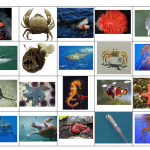
You might be interested in these related items:
- Ocean Unit Freebies
Whale Unit (and the Arctic) — Icebergs, Blubber experiment, Buoyancy and more - Whale Unit – Migration, Echolocation, Baleen vs. Toothed Whales
- Whale Unit – How salt water affect buoyancy – Drawing whales and dolphins
Ocean Zones – Layers of the Ocean
Ocean Packet: You might be interested in our 65+ page packet all about the ocean – marine habitats, ocean navigation, currents & tides, fish body types, bioluminescence and more!
You may also be interested in this whale-themed preschool activity for -in and -it words.
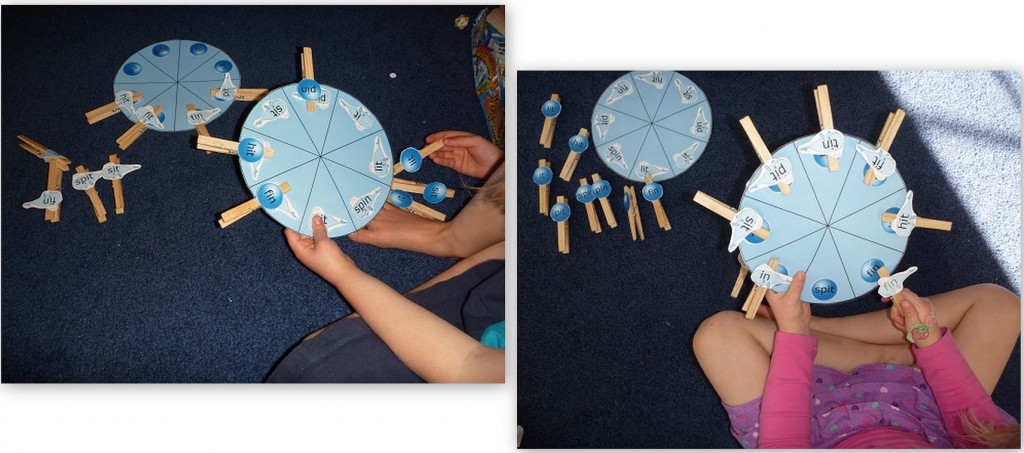


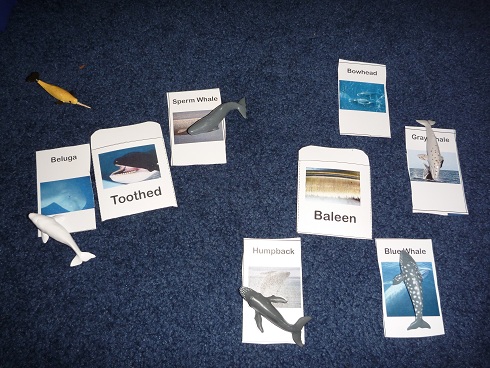

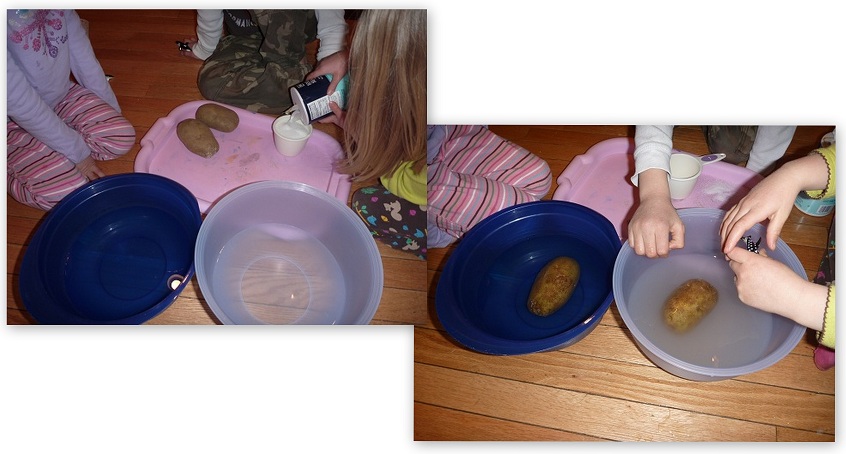
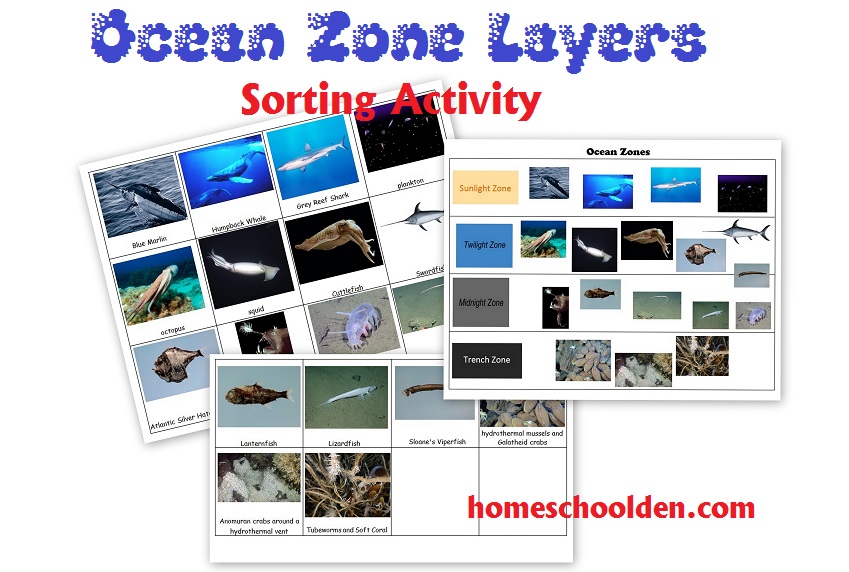
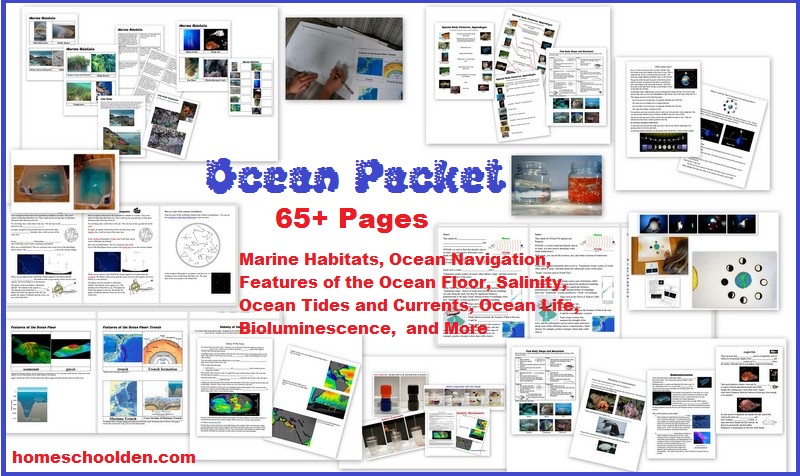
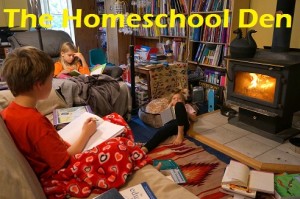
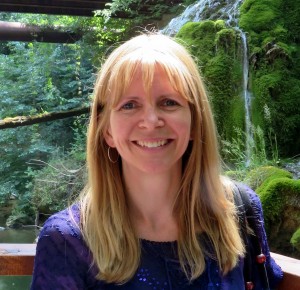
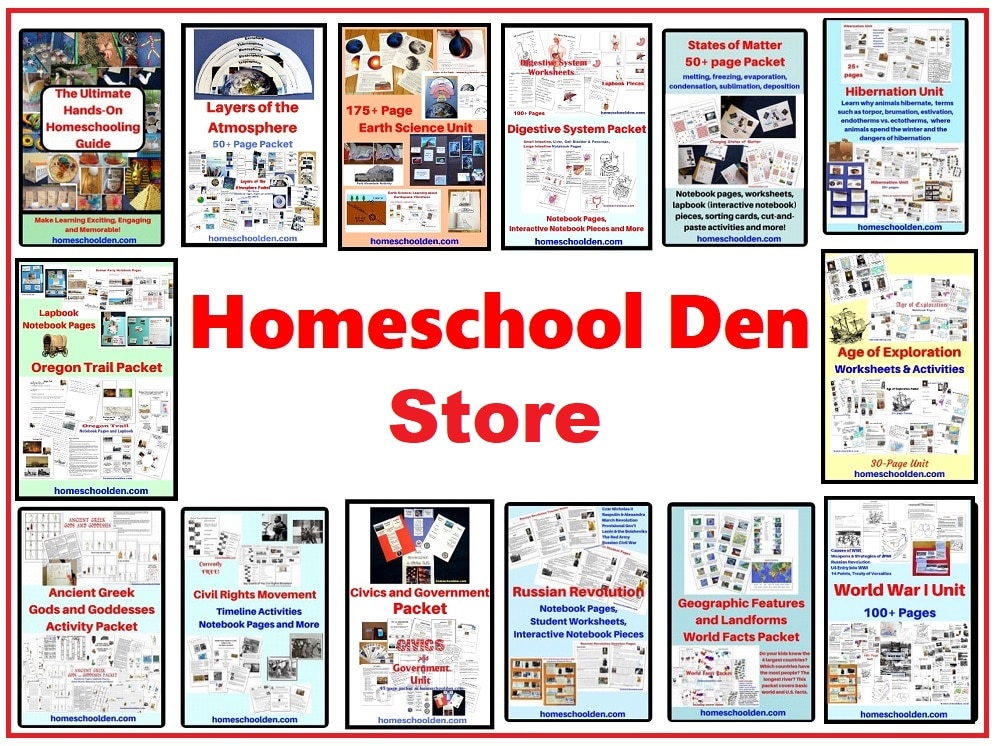




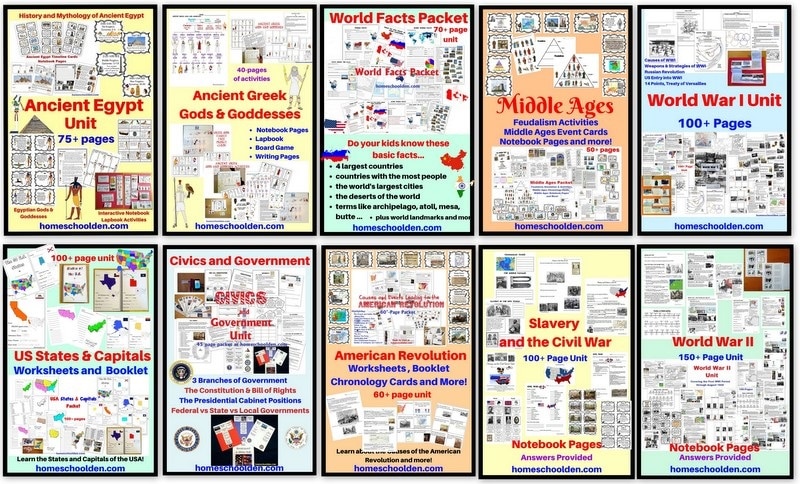
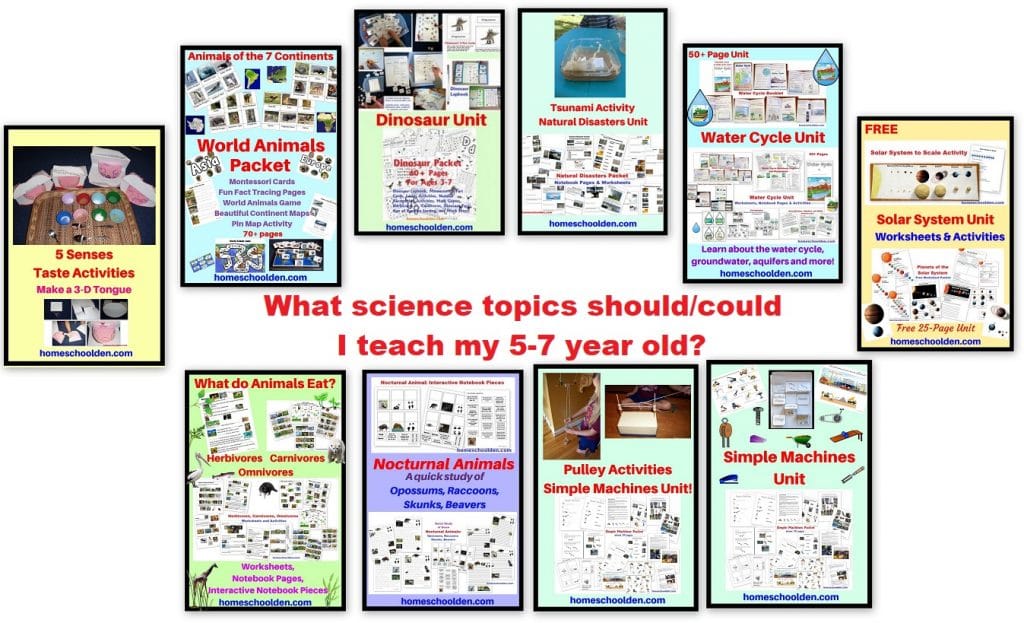

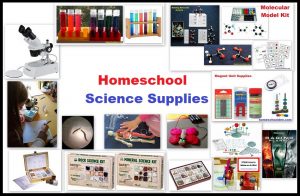
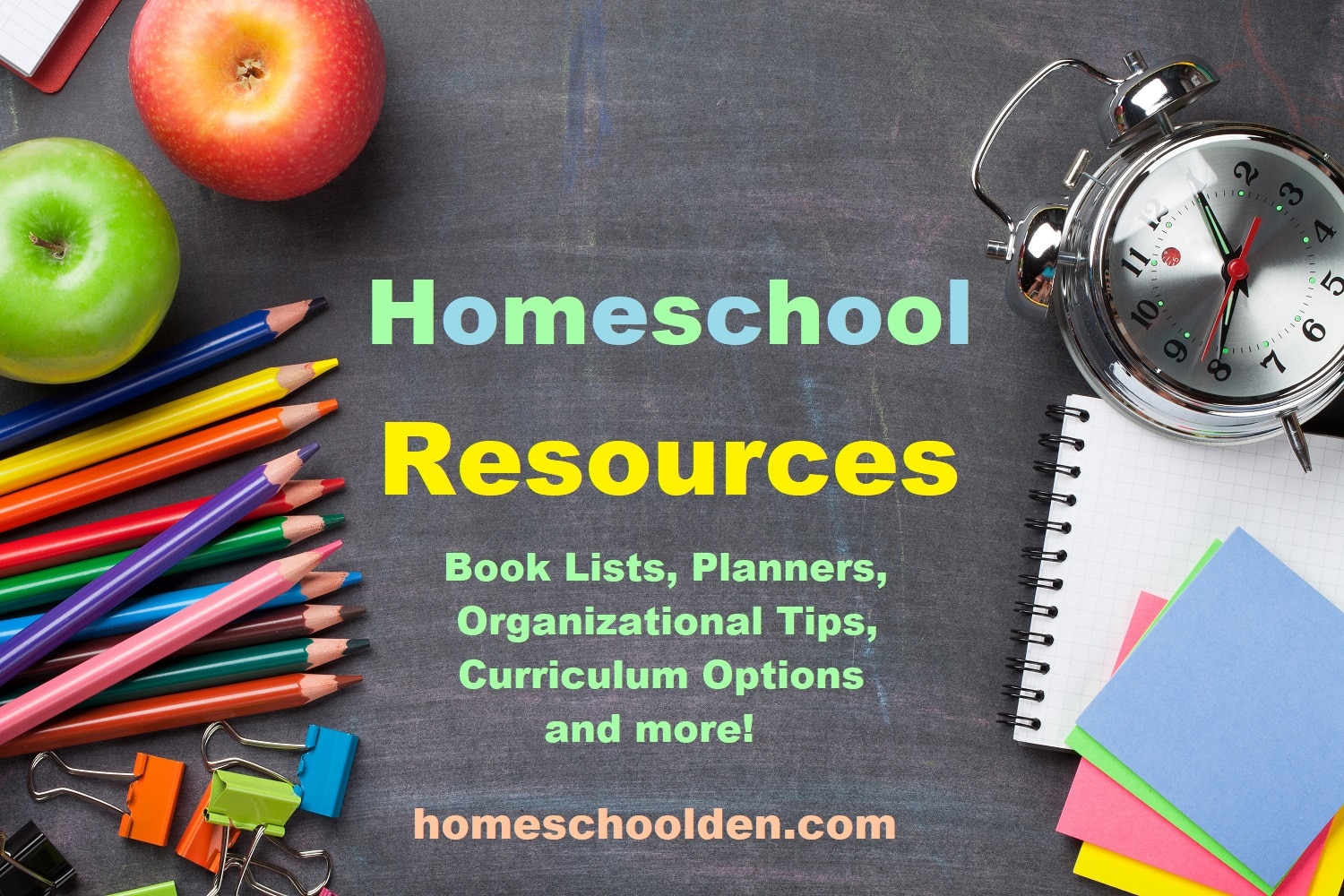


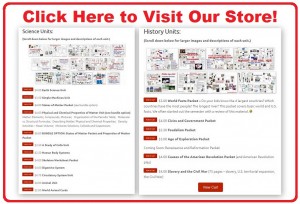
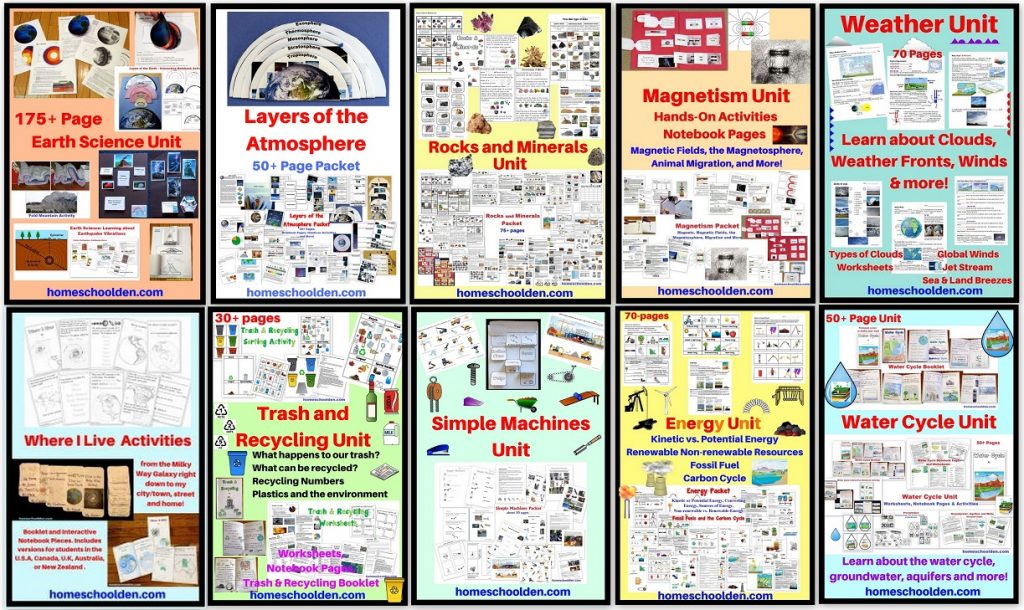
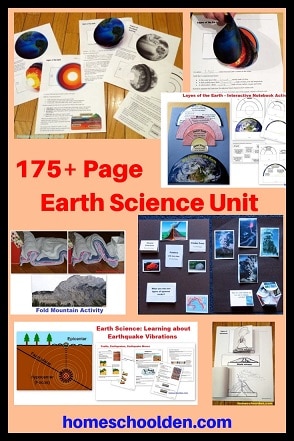

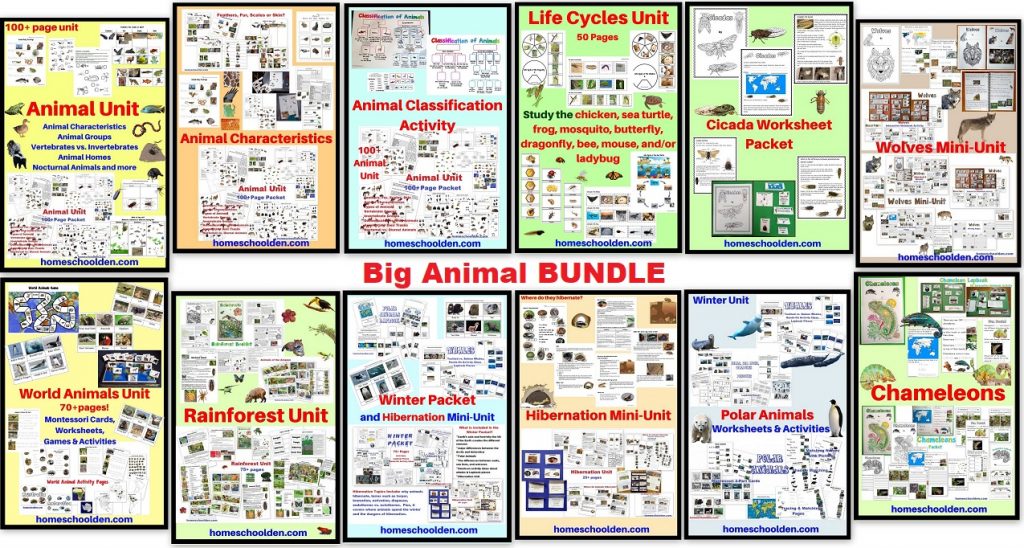
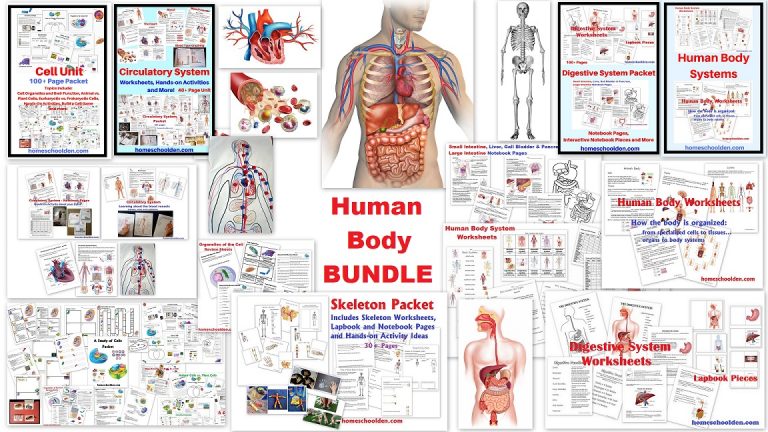



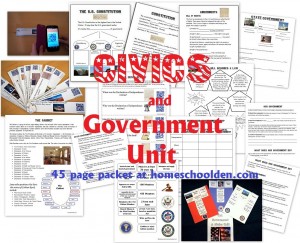
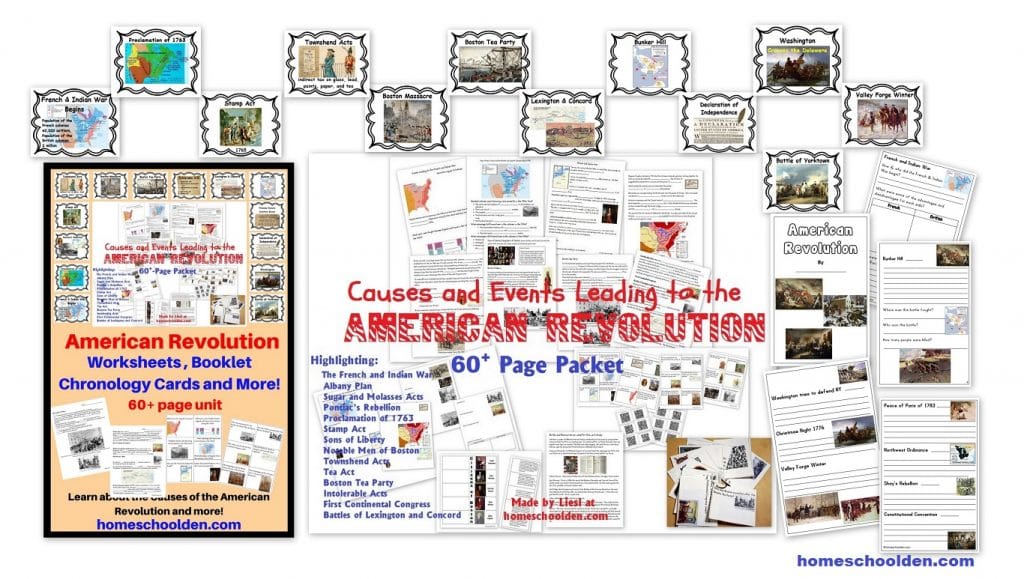
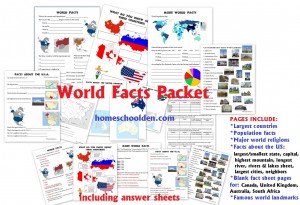
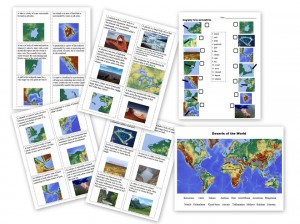
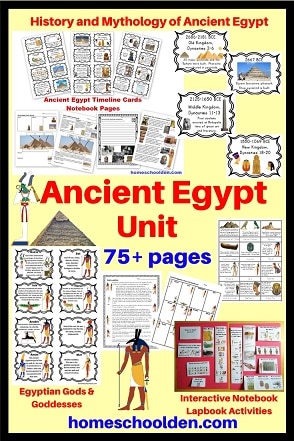
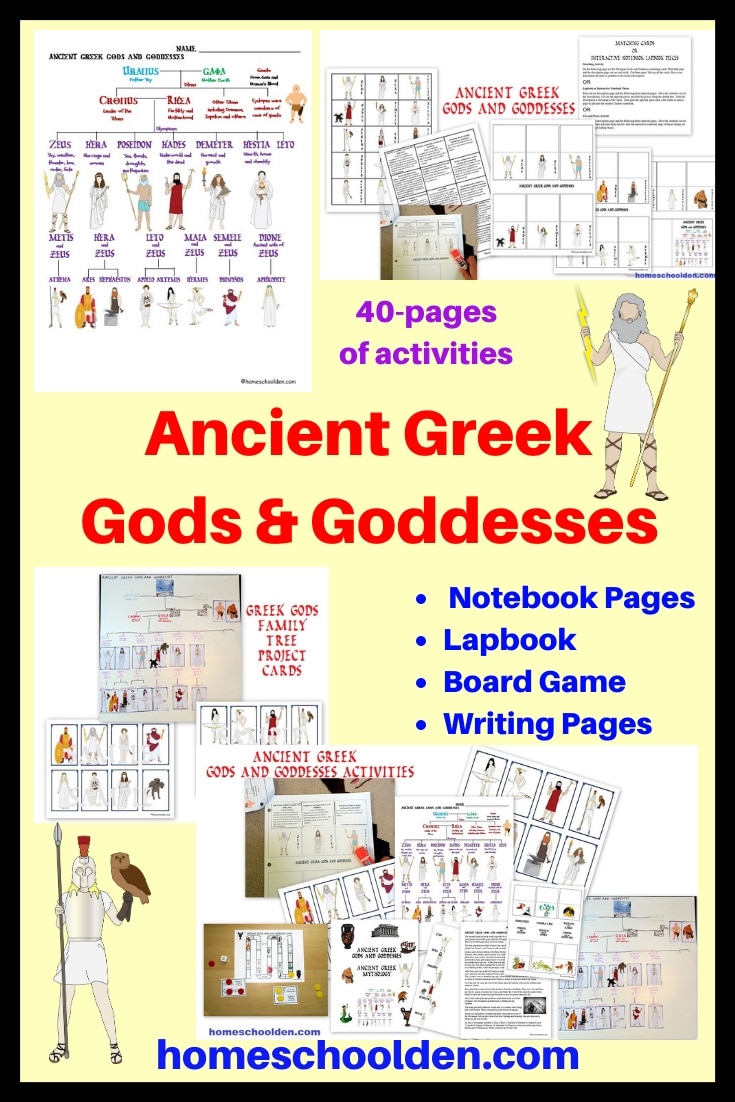


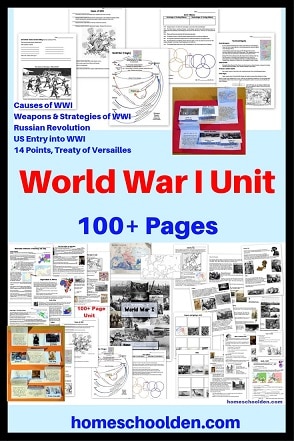
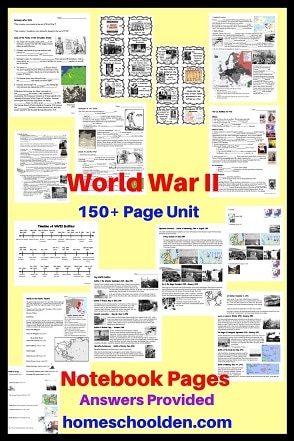

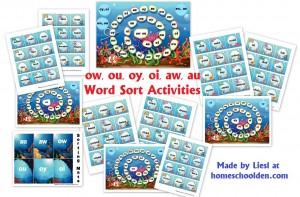

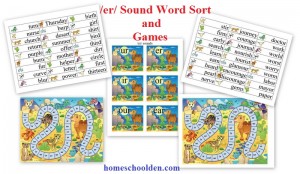




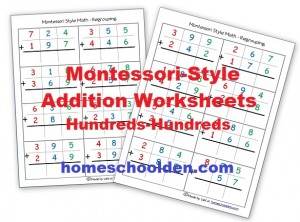
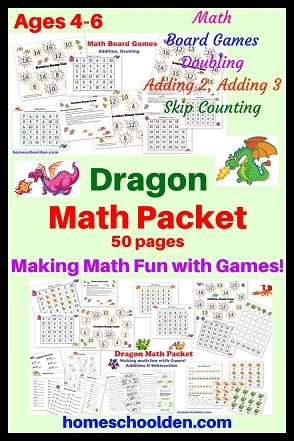
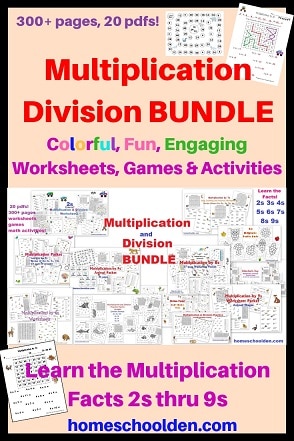
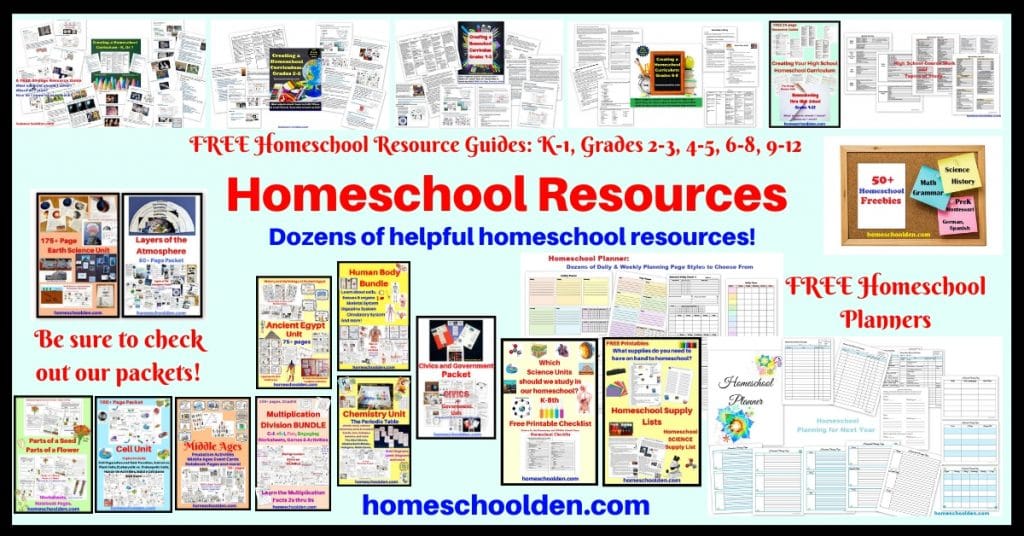
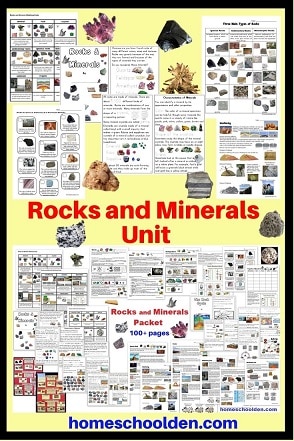
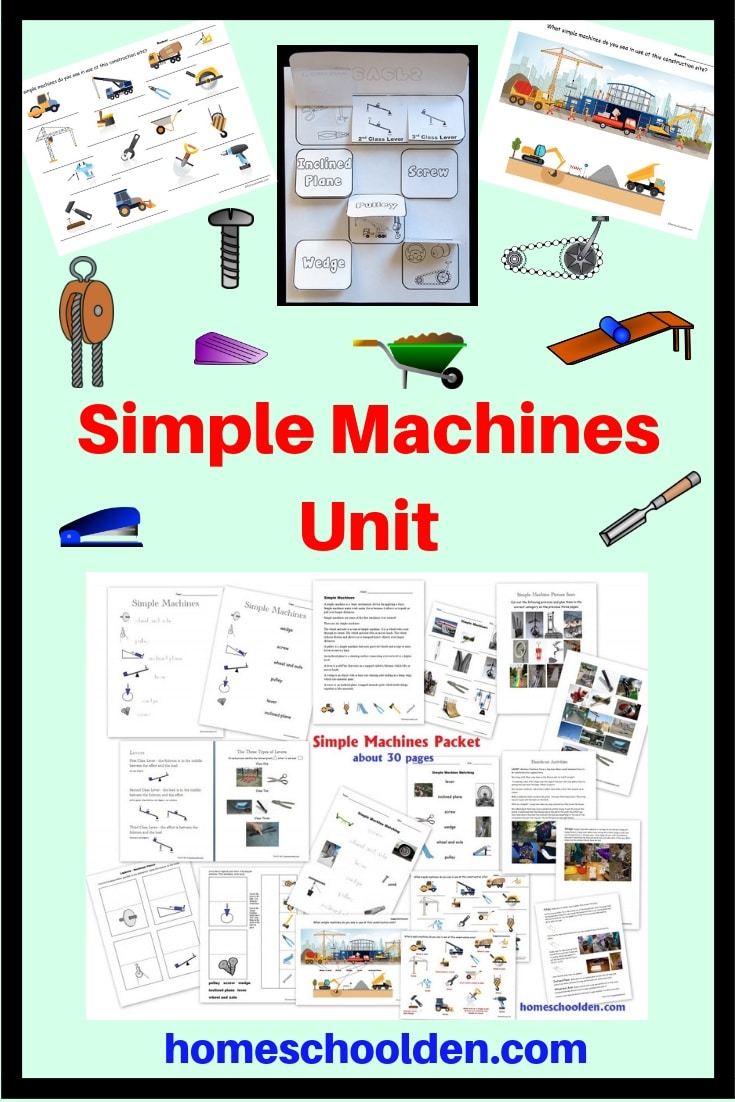
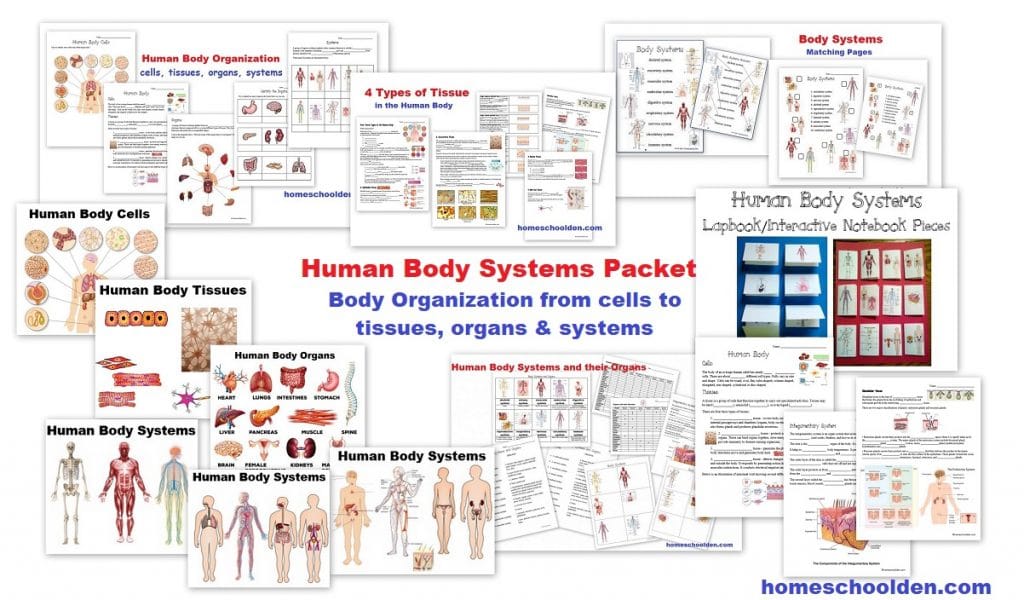
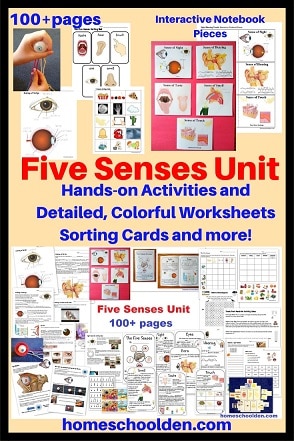
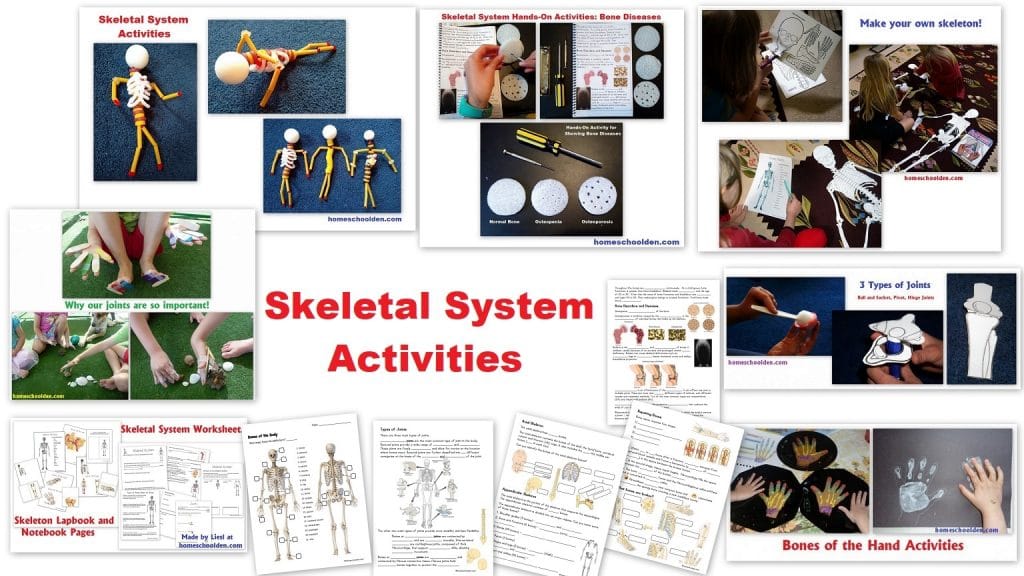

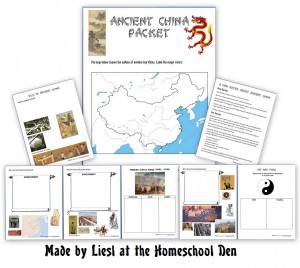


Thanks so much for all these great resources! I’ve been enjoying all that you share on here!
Thank you for sharing the great how to draw links! Your children are really good artists, beautiful drawings!!
Thank you for sharing the great how to draw links! Your children are really good artists, beautiful drawings!!